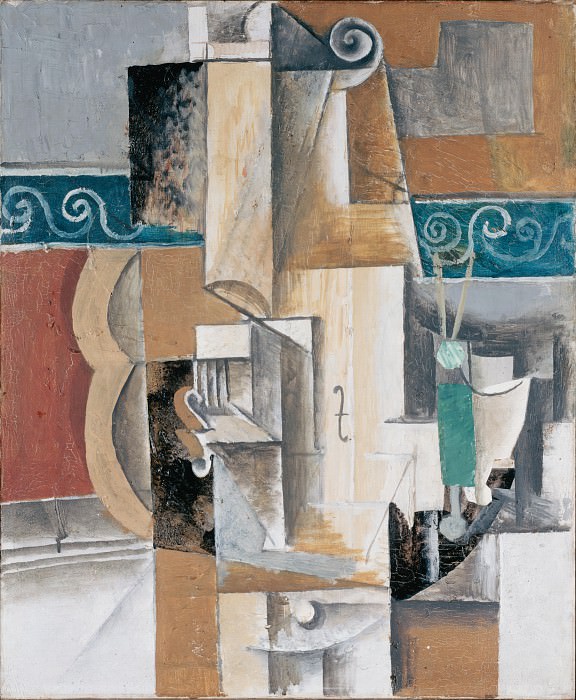The Enigmatic World of Balthus Art
Balthus, born Balthasar Klossowski de Rola in 1908, stands as one of the most enigmatic and provocative figures in 20th-century art. His work defies easy classification, blending elements of classical and modern techniques into a style that is uniquely his own. The world of Balthus art is a complex tapestry woven from threads of symbolism, psychological depth, and a distinct, almost obsessive attention to detail.
Early Life and Influences
Balthus's artistic journey began in the heart of Europe. Born to a Polish aristocratic family, his upbringing was steeped in a rich cultural environment that exposed him to the art and literature of both the old world and the avant-garde. His early exposure to the works of the old masters, coupled with his familial connections to prominent figures in the art world, profoundly shaped his artistic sensibilities. Influences from artists like Poussin and Chardin are evident in his work, yet Balthus also drew inspiration from modernist movements, creating a unique synthesis that defies straightforward categorization.
A Style Defined by Contradictions
At the core of Balthus’s art is a style characterized by its striking contradictions. His paintings are renowned for their meticulous detail and classical composition, yet they are imbued with a sense of mystery and unease. This duality is perhaps most evident in his portraits and scenes of adolescent girls, which simultaneously evoke a sense of innocence and eroticism. The subjects in his paintings often possess a languid, almost unsettling stillness, their expressions and poses hinting at unspoken narratives and hidden depths.
Balthus’s work is also marked by its deliberate anachronism. His technique, reminiscent of earlier periods, contrasts sharply with the modernist trends of his time. This deliberate retrogression is not merely a stylistic choice but a statement on the nature of art and its relationship with history. Balthus sought to bridge the gap between the classical and the contemporary, creating a dialogue between past and present that is both thought-provoking and disquieting.
Thematic Exploration in Balthus’s Work
Central to Balthus’s oeuvre is the exploration of themes such as adolescence, desire, and the boundary between the real and the imagined. His portraits of young girls, often depicted in provocative poses, have sparked considerable debate and interpretation. These works are not merely depictions of physical form but explorations of psychological and emotional states. Balthus’s young female subjects are portrayed with an enigmatic quality, their expressions and postures suggesting a deeper, often darker narrative.
This thematic focus extends beyond individual portraits to encompass broader, more abstract explorations of human experience. In works like "The King of Cats" and "The Grand Manor," Balthus delves into themes of power, identity, and isolation. His use of allegory and symbolism creates a rich tapestry of meaning that invites viewers to engage with his work on multiple levels.
Technique and Aesthetic
Balthus’s technique is a testament to his deep understanding of classical art methods combined with a modern sensibility. His meticulous attention to detail, from the intricate textures of fabric to the nuanced play of light and shadow, speaks to his mastery of the medium. Yet, there is also a deliberate, almost surreal quality to his work. His compositions often feature unusual perspectives and distorted proportions, creating a sense of otherworldliness that enhances the enigmatic nature of his subjects.
The use of color in Balthus’s paintings is also noteworthy. His palette, often muted and restrained, contributes to the overall mood of his work. Subtle variations in hue and tone create a sense of depth and atmosphere, while his application of paint adds a tactile quality to his surfaces. This careful manipulation of color and texture is integral to the haunting and immersive quality of his art.
Legacy and Impact
Balthus’s work has left an indelible mark on the art world, influencing a wide range of artists and movements. His unique approach to painting, characterized by its blend of classical techniques and modern themes, continues to inspire and provoke. The enduring fascination with his art is a testament to its complexity and depth, offering a rich field for exploration and interpretation.
Despite the controversies that have surrounded his work, particularly regarding his depictions of young girls, Balthus’s contributions to the art world are undeniable. His ability to blend the traditional with the contemporary, the literal with the symbolic, ensures that his work remains a vital and thought-provoking part of the artistic canon. His legacy endures not only in the artworks he left behind but also in the ongoing dialogue about art, representation, and the nature of human experience.
Conclusion
The world of Balthus art is a realm of mystery, contradiction, and profound beauty. His paintings invite viewers to explore the boundaries between innocence and experience, reality and fantasy. Through his meticulous technique and thematic depth, Balthus has created a body of work that continues to captivate and challenge audiences. His art remains a testament to the power of creativity and the endless possibilities of artistic expression.
















